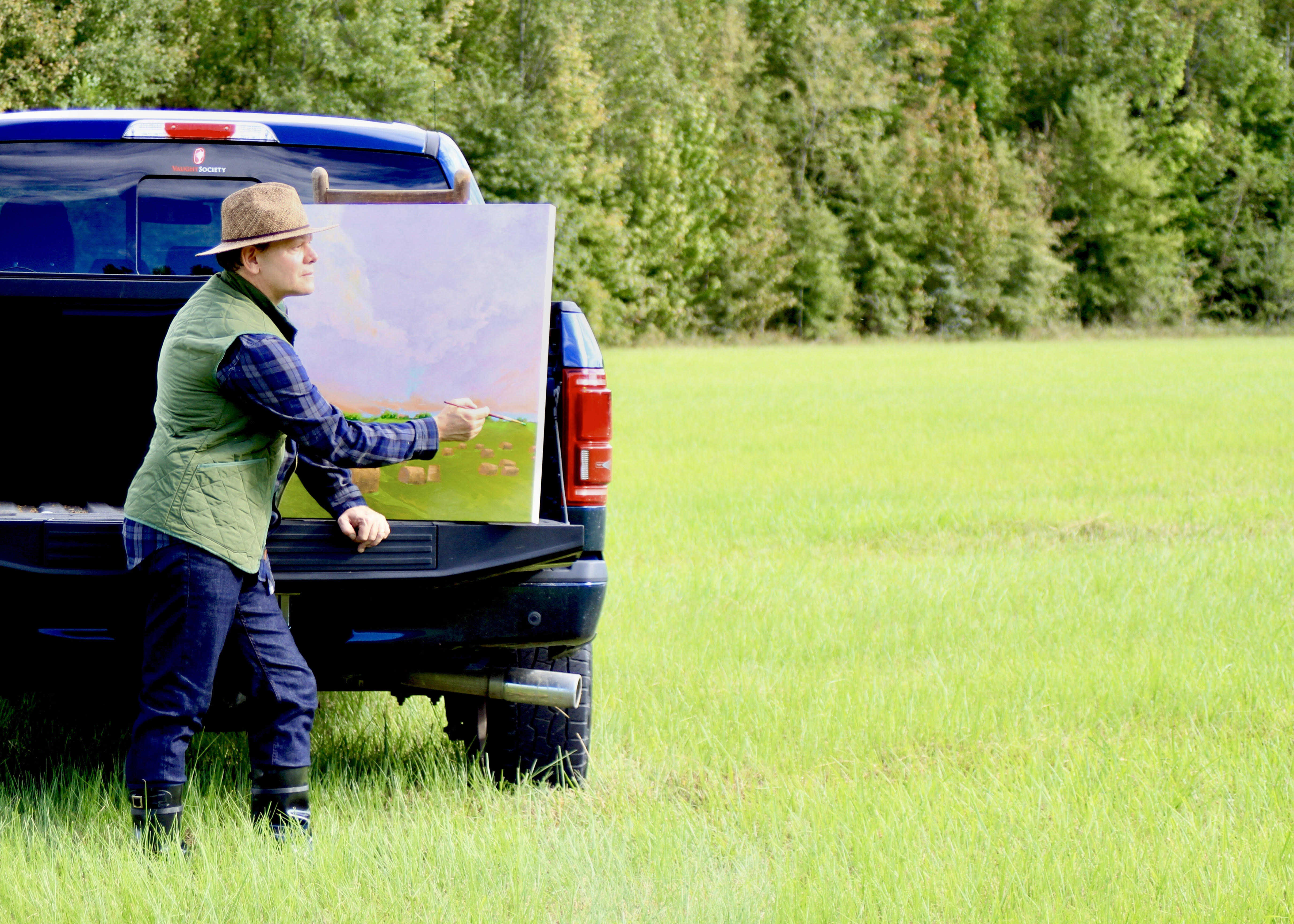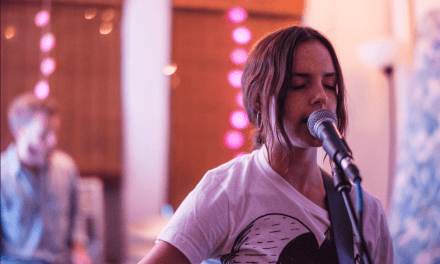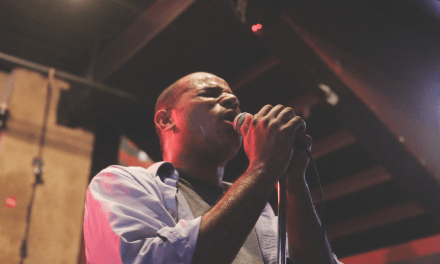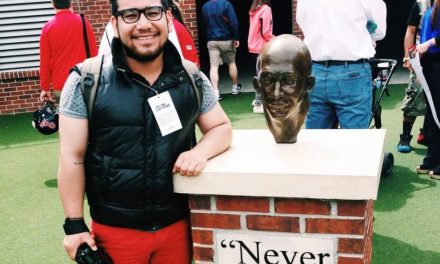Capturing the County
Painter Lucius Lamar returns to Southside Galley for a month-long exhibitBy Davis Coen
Photos by Karen Stockton and Contributed
From December 4 to January 5, Southside Gallery on the Square continues its monthly exhibition program by displaying the newest collection of paintings from popular Oxford artist, Lucius Lamar.
This exhibit of Lamar’s latest work, titled “County,” is a collection of oil paintings depicting the rural landscapes of Lafayette County, near and around Taylor, Mississippi, where the artist resides nearly half of each year. Lamar splits his time between a residence in Taylor and another in Palm Springs, California.
“We’re excited to have Lucius back in the gallery for his third exhibition…his second solo exhibition. Lucius is an original, and his art appeals to a wide audience. I think there will be a lot of enthusiasm for this…which I have a feeling may be his best yet,” remarked Wil Cook, director at Southside Gallery.
Lucius Lamar was born in Memphis, raised in Oxford in the 1970s, and attended high school at St. Andrew’s Episcopal in Jackson. He attended the University of Mississippi, and received a Bachelor of Fine Arts. He studied under the direction of Ole Miss instructor, and now internationally-known artist, Jere Allen, who is included in Who’s Who In American Art. Lamar sites Allen as one of his greatest influences, along with Ron Dale and Bill Beckwith, also former U of M professors. In reflecting upon of his experience with these educators, Lamar noted, “The less obvious learning from them was how to make your work cerebral and meaningful.”
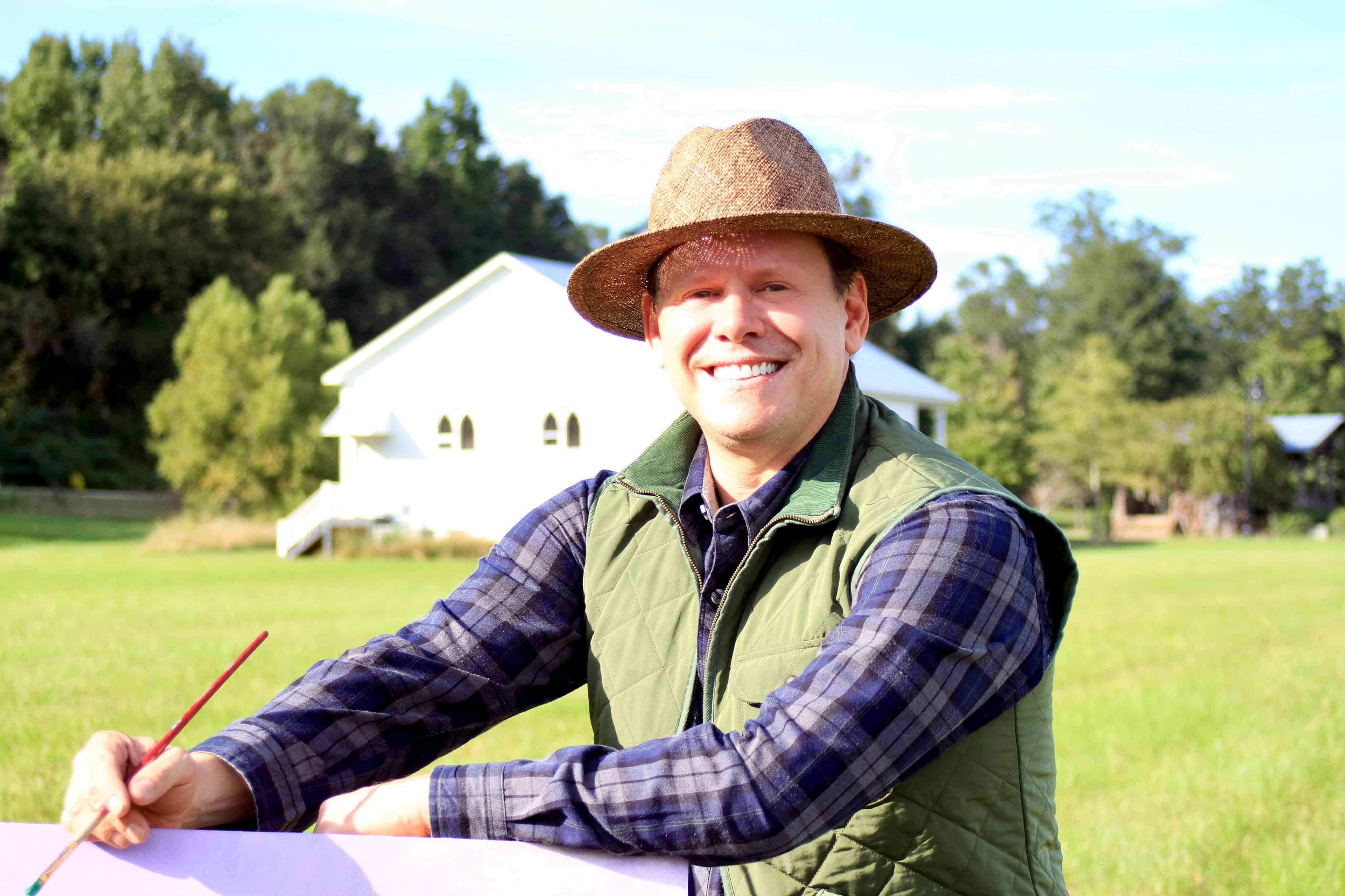
When asked how he arrived at “County” as the title of his latest collection, he explained, “’County’ came to me when we were flying over Oxford. I saw the intricate patterns below of each parcel of land. It occurred to me that we all live on this land mostly unaware of the boundaries and borders that are natural and manmade. It’s a very complex culture physically and socially. Again, we are all connected to these other pieces very much like a crazy quilt. Each neighbor is connected somehow to the next, and together we are this gorgeous whole.”
Lamar’s “County” collection should hit home with residents of Lafayette, or any nearby county, as it depicts the artist’s rendering of sights familiar to the local eye. Anyone who has traveled around the area, or as much as glanced around half-observingly from a vehicle, are likely to find quick common ground in Lamar’s work.
Although the scenes within the framework are easily recognizable, there are still elements abstract enough to make these natural landscapes not appear even remotely photo-like. Even though most of these rural settings are devoid of man-made creations, there sometimes can be seen some sparse fence-posts, hay bales, or an unpaved meandering road that lend to the recognition of the geographic whereabouts.
Instead of applying realism to his painting, Lamar utilizes his refined technique and process, and also tactical use of colors, to convey his personal take on the temperament of the landscape. When asked to lend insight to his creative process, he disclosed, “My approach to painting is not figurative. In fact, it may be the opposite. My process is more like storytelling. When I see something that excites me, I go about the process of recording in my own way, what I see and hear. I make a gesture drawing of what’s before me but then there is so much more to the story that I want to tell. I take notice of the sounds…or if it is windy.”
Then, referring to his abstract use of colors or technique to produce multiple dimensions or a narrative to a piece, he elaborated, “If there is the history of an unused road or the very last of a fence, I use a lot of blues and greens…but then I also use saturated color that doesn’t exist in the landscape. At times, I may articulate the outline of a tree in cadmium red if it was moving. I’ll spatter paint in the foreground if the wind was blowing the grass, or if there were persistent insects.”
Lamar also dignified his common practice of “low-riding” along the back roads in his vehicle in order to assess or contemplate which scenery or backdrop he desires to convey on canvas. “It’s not practical for me to take paints and an easel out into the field and execute a complete plein-air painting. I do that too, but not as often. I often start a painting with small student grade canvases and a few tubes of paint, and make the initial gesture. Those come home with me and I translate them into a larger piece. I have boxes of those and I keep them for references. They have notes scribbled on them, and arrows showing direction of light and shadows outlined. That’s the factual information that’s equally as important. I usually like them best because they are raw and feel urgent. Every car I’ve ever owned has a smudged steering wheel…”
Although Lucius Lamar has spent much of his adult life in California, he remains a Mississippian. His work has proven to be easily relatable to locals. On Thursday, December 13, the month-long Lucius Lamar exhibition will be highlighted by his artist reception, which will take place from 5-8pm, and is open to the general public.
“Who in Mississippi, or the south in general for that matter, can’t relate to riding back roads? I’m confident Lucius can deliver that experience visually because I imagine he has a level of expertise there,” assured gallery director Cook. He concluded, “We generally have large crowds for our receptions…with the popularity of Lucius’ work and his personality, I anticipate a pretty nice gathering.”
Davis Coen is a freelance writer living in Oxford, Mississippi. He can be reached at davissunn@gmail.com.
